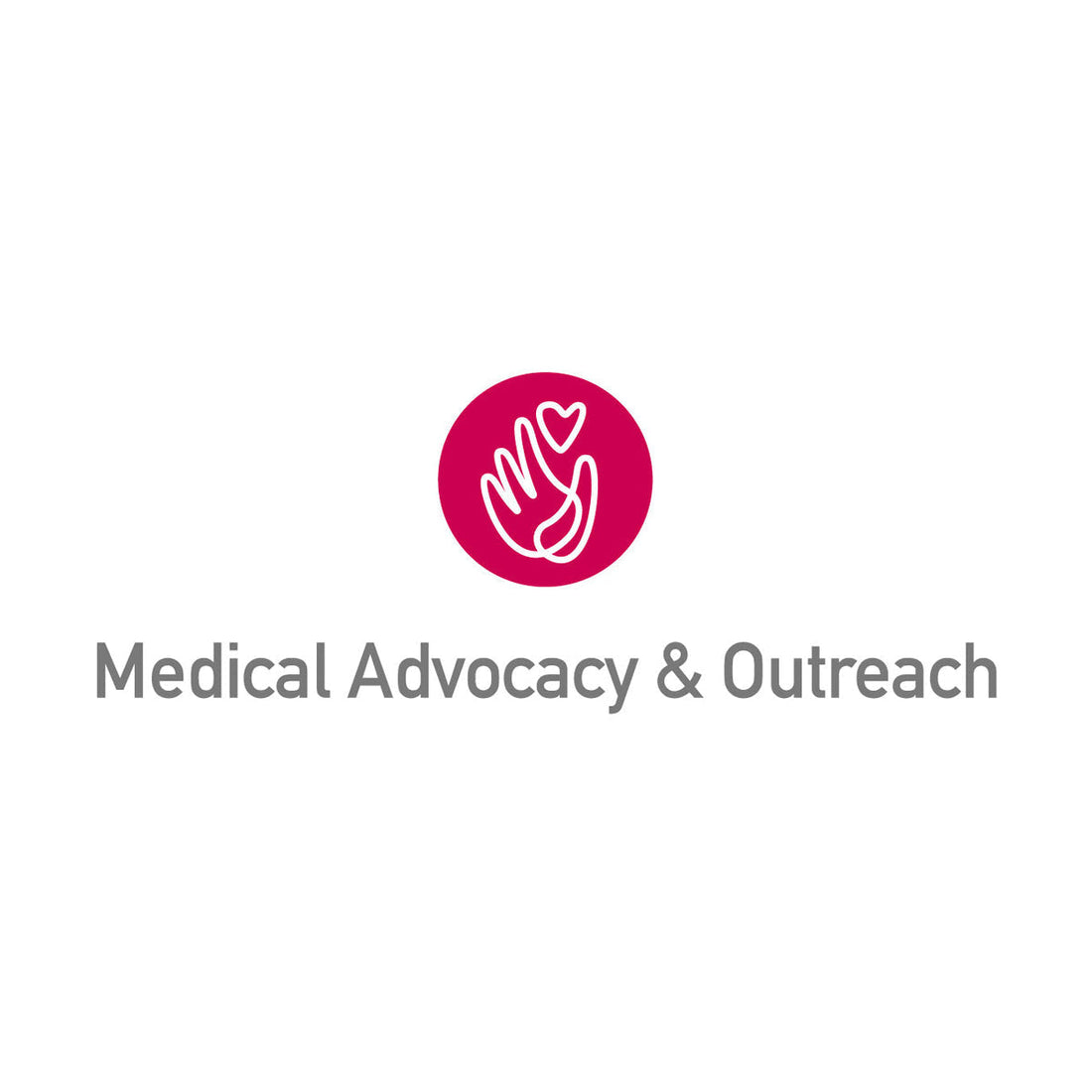Case Study | Treating Rural HIV Patients Virtually
Learn how Eko's approachable pricing helps a non-profit treat 800 HIV patients with telehealth at rural Alabama clinics.

The Problem
Telemedicine is an essential tool to battle Alabama's HIV epidemic. Patients must keep coming to appointments and must keep taking their medication. Once the virus gets to an undetectable level in a patient, they are no longer contagious. In other words, treatment is prevention. By making clinic visits as convenient as possible, the spread of HIV can be kept in check.
Medical Advocacy and Outreach Incorporated (MAO) is dedicated to providing HIV services to underserved rural areas in central and southern Alabama. The challenge for Billy Sample, MAO Telehealth Resource Center Program Manager, is connecting the few doctors who practice HIV medicine with patients who live 3 hours away from urban HIV/AIDS clinics so they can maintain regular treatments.
The Solution
MAO deploys a traditional rural hub and spoke telemedicine model where rural clinics are supported virtually by specialists at a central hub. MAO staffs a registered nurse in each of its 11 telehealth clinics to see rural patients. That RN is equipped with Eko CORE stethoscope technology and Eko Telehealth that enables real-time auscultation live streaming. The nurse captures the patient's heart and lung sounds and transmits that data to a clinician in an MAO hub.
The Outcome
MAO's telehealth strategy started with the Littmann 3200 stethoscope, and StethAssist, an online auscultation system allowing clinicians to remotely listen to heart and lung sounds, regardless of distance. When Eko demonstrated remote heart and lung sounds, Sample says he and the other clinicians on his team were able to hear sounds better through the CORE, from halfway across the country, because Eko's technology relies on true sound and amplification versus compression and digitization.
"Eko helps our clinic treat 800 patients via telehealth with a thorough implementation and high-quality audio."
Billy Sample
Telehealth Resource Center Program Manager, MAO
MAO currently follows about 2,000 HIV-positive patients in central and south central Alabama. About 800 now receive their healthcare primarily through telemedicine. That's about 30% of its entire patient population.
Statistical data compiled by Johns Hopkins shows that telehealth is enormously effective in treating HIV. According to their study, 76% of all MAO patients kept coming to regular appointments. But if you factored out just telehealth patients, 96% kept coming to appointments. While 88% of all MAO patients took their medications properly, 97% of strictly telehealth patients did. And while 75% of all patients got to a level where they were no longer contagious, 93% of telehealth patients achieved virus suppression.
